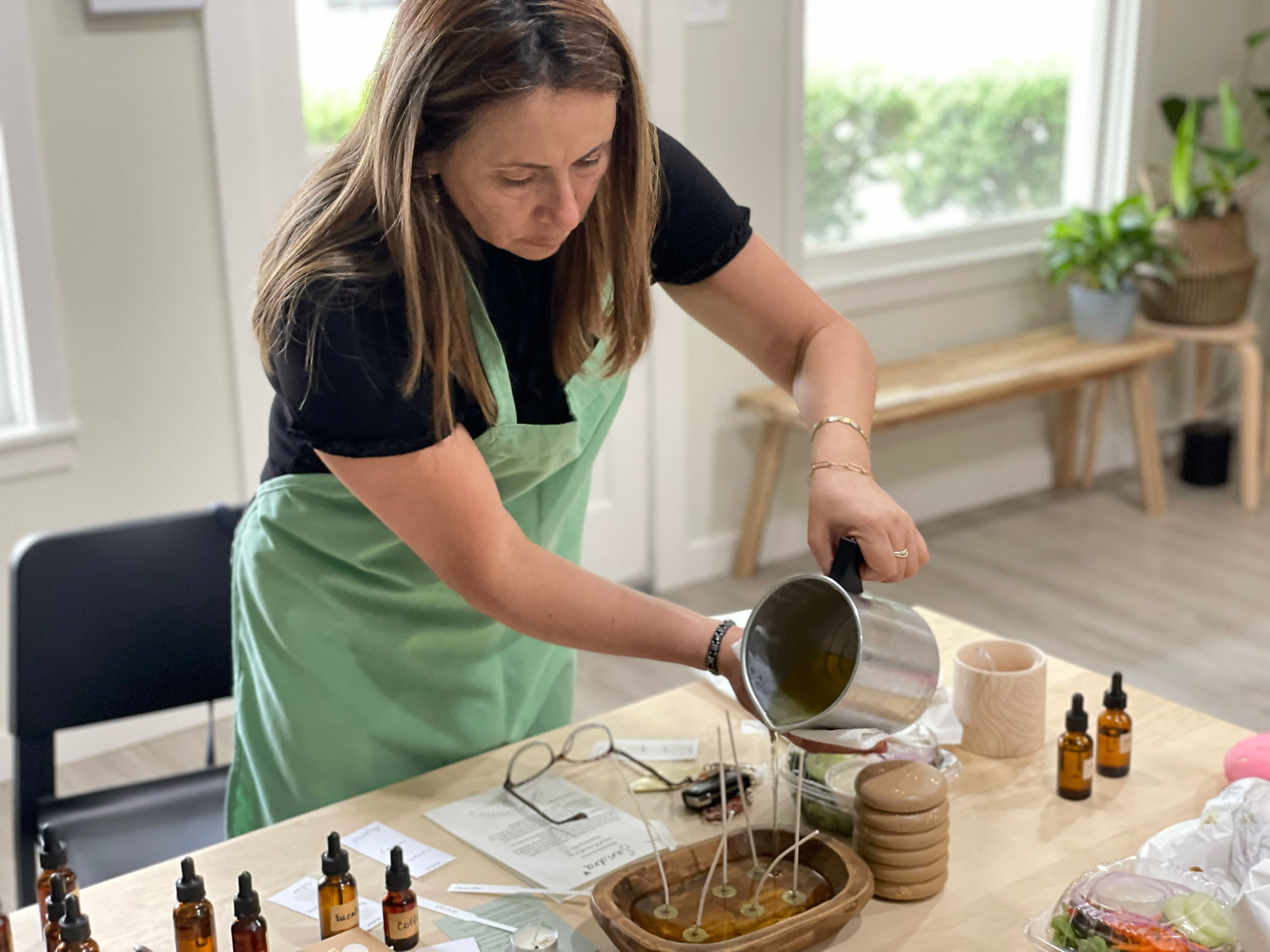We all use candles to create a relaxing ambiance, freshen up a space, or add a decorative touch to our homes. However, not all candles are created equal, and some may pose health risks due to toxic ingredients. Understanding what makes a candle toxic can help you make better choices for your health and home environment.
1. Paraffin Wax
Paraffin wax is one of the most common waxes used in candles. It is a byproduct of petroleum refining and is known to release harmful chemicals when burned. These chemicals include toluene and benzene, which are both known carcinogens. Inhaling these substances over time can contribute to respiratory issues and other health problems.
2. Synthetic Fragrances
Many candles are scented with synthetic fragrances, which can contain a variety of chemicals. These fragrances often include phthalates, which are used to make scents last longer. Phthalates are known to disrupt the endocrine system and can cause hormone imbalances. Additionally, burning synthetic fragrances can release volatile organic compounds (VOCs) into the air, contributing to indoor air pollution and potentially causing headaches, dizziness, or allergic reactions.
3. Lead Wicks
While less common today due to regulations, some candles still contain wicks with lead cores. When burned, these wicks can release lead into the air, which is a toxic heavy metal. Exposure to lead can lead to a variety of health issues, including neurological damage, especially in children.
4. Dyes and Additives
Brightly colored candles may contain synthetic dyes and other additives that can release harmful chemicals when burned. These substances can contribute to indoor air pollution and may cause respiratory irritation or other health problems.
5. Lack of Proper Ventilation
Even candles made with natural ingredients can produce soot and particulate matter, especially if burned in poorly ventilated areas. This can exacerbate respiratory issues, particularly in individuals with asthma or other lung conditions.
Safer Alternatives
To reduce the risk of exposure to toxic substances from candles, consider the following safer alternatives:
- Beeswax or Soy Wax Candles: These natural waxes burn cleaner and release fewer toxins compared to paraffin wax.
- Essential Oil Scents: Look for candles scented with natural essential oils rather than synthetic fragrances.
- Cotton or Wooden Wicks: Choose candles with wicks made from natural materials to avoid exposure to heavy metals.
- Fragrance-Free Options: Opt for unscented candles if you’re sensitive to fragrances.
By being aware of the ingredients in your candles, you can make healthier choices and create a safer home environment. Always ensure proper ventilation when burning any candles to minimize indoor air pollution.



